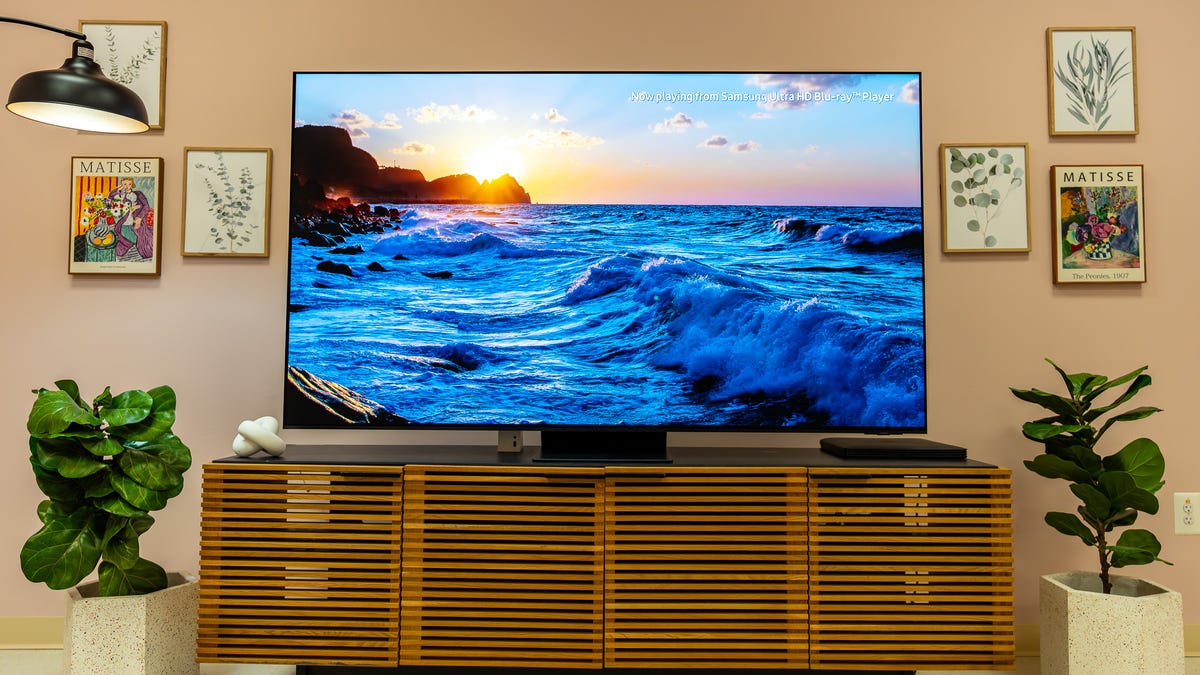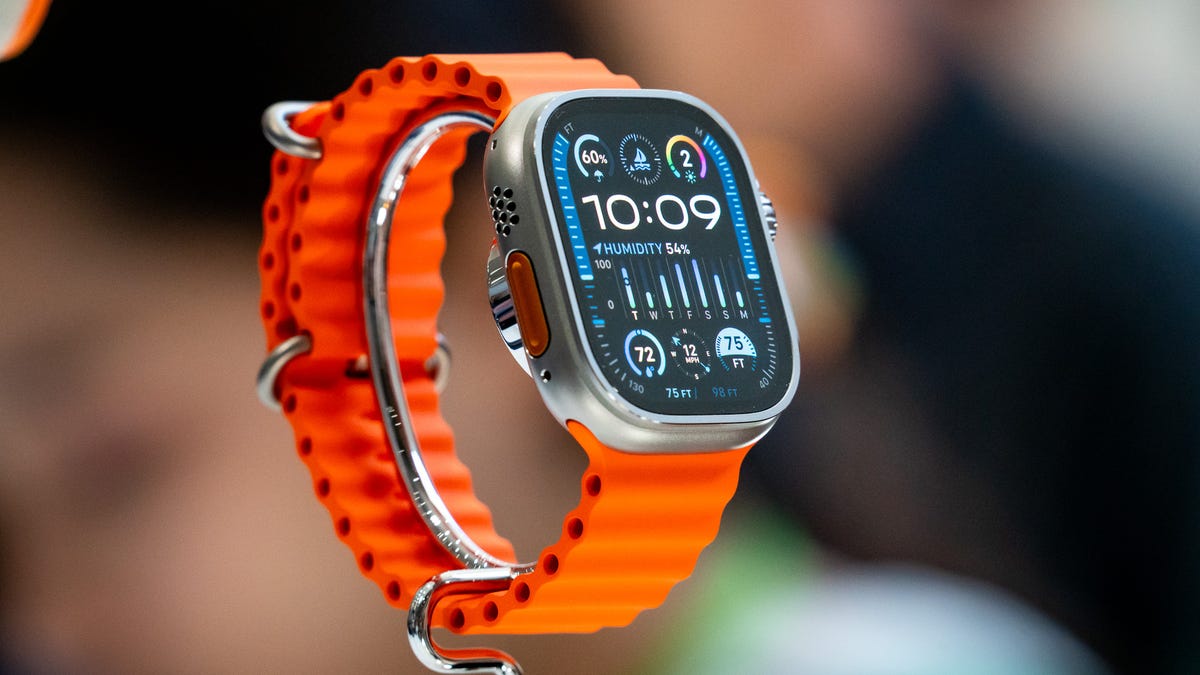BOOK THIS SPACE FOR AD
ARTICLE ADIn a recent Pixel Feature Drop, Google rolled out the ability to cap your phone's battery charge at 80%. (Recent iPhone models have a similar feature.) While that might seem like something you'd never want to do, it's actually good for your phone's battery and will help prolong the battery's life -- if you can afford to turn it on.
This feature introduces something called bypass charging for any phone that has it. But what is that, and why does it matter that your phone has it? Here's how it works.
Also: How to record a call on your iPhone (and check if it's even legal)
Usually, your phone draws power from its battery to operate, even if plugged in. However, the constant cycle of charging and depleting isn't great for your battery's health, especially if you're the type of person who lets your phone get to 0% regularly. Over enough cycles, your phone eventually won't hold as much of a charge and will deplete more quickly.
With bypass charging, your phone bypasses the battery once it reaches the 80% mark while plugged in and runs entirely on power from the outlet. This helps your battery last even longer as it stays at a constant 80% and will not engage in battery cycling.
While some phones have a bypass charging feature that uses wall power anytime your phone is plugged in, Pixel's bypass charging feature only kicks in once your phone reaches an 80% charge. However, this is still something to take advantage of if you're interested in boosting your battery's health.
Also: Wiping your Android phone? Here's the easiest way to erase all personal data
If you're able to have your Pixel phone plugged in for most of the day, this will not only help your phone's battery last longer, but it should also help your device run cooler.
To turn on the 80% limit and battery bypass feature, you'll need to have the December update applied (which is still rolling out). If you have it, head to your settings menu, then "Battery" and Charging optimization > Toggle "Use charging optimization."
.png)
 2 days ago
10
2 days ago
10 















 Bengali (Bangladesh) ·
Bengali (Bangladesh) ·  English (United States) ·
English (United States) ·